Quick Links
From a specialised manufacturer of picture cards to a global leader in artificial intelligence, gaming, and high-performance computing technology.Both laptop enthusiasts and industry professionals will find attraction in NVIDIA Corporation. With the help of Jensen Huang, Chris Malachowsky, and Curtis Priem, NVIDIA was founded in 1993, and since then, it has consistently led the way in technological advancement. This blog examines NVIDIA’s amazing journey, as well as its development, significant turning points, technological breakthroughs, and future potential.

Developing a Graphics Revolution in the Early Days
Founding and Initial Success
NVIDIA was founded in April 1993 with the intention of revolutionising the creation of images. Initially, the company concentrated on developing high-performance graphics chips for personal computers, a market that was expanding and showed enormous development potential. The employer made progress in 1995 when NVIDIA released their first product, the NV1. The NV1 was unique in that it combined audio, video, and three dimensions, but it faced strong competition from other brands in the industry. NVIDIA’s future success was made possible by the NV1, despite the fact that reviews were mixed.
Birth of the GeForce Series
As the GeForce 256 was introduced in 1999, NVIDIA really experienced a radical transformation. By adding a separate CPU to handle graphics operations, the GeForce 256—promoted as the first GPU (Graphics Processing Unit) in records—transformed the era of portraiture. This breakthrough pushed the standard for PC gaming overall performance and realism to heretofore unheard-of stages, transforming the business. Due to the GeForce 256’s widespread use, NVIDIA became a dominant force in the graphics industry and more advancements became possible.
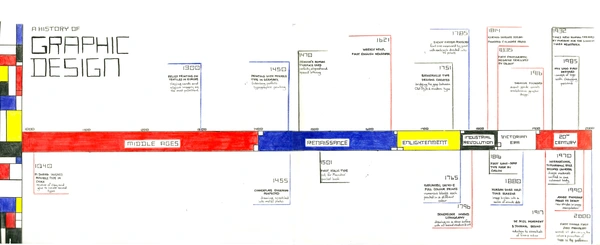
Advancing Graphics Technology
Rise of the GeForce Family
Following the success of the GeForce 256, NVIDIA continued to improve and expand its range of products. The release of the GeForce2 family in 2000 marked a significant advance in both overall performance and visible quality. With the debut of customisable shaders inside the GeForce3 series in 2001, developers have been capable of creating a growing number of complex and practical graphics implications. The capabilities of games and multimedia applications have increased with each new GeForce picture card technology.
Impact of SLI Technology
Customers can now connect many graphics cards together to boost overall performance thanks to NVIDIA’s introduction of the SLI (Scalable Link Interface) era in 2004. This invention became very vital for pros and enthusiasts who wanted the great pictures overall performance. The advancement of SLI technology has been essential to NVIDIA’s ability to produce high-speed images and has driven developments in computational gaming and portraiture.

Introducing AI and High-Performance Computing
CUDA Revolution
With the advent of CUDA (Compute Unified Device Architecture) in 2006, NVIDIA allowed developers access to its GPUs for widespread-motive computing tasks via a parallel computing platform and programming language. Scientists and engineers may now exploit the incredible processing power of NVIDIA GPUs for a wide range of applications beyond graphics, such as clinical simulations, machine learning, and fact evaluation, thanks to CUDA. With this transition, NVIDIA entered the domains of AI and excessive-performance computing.
Advent of Tesla GPUs
The introduction of the Tesla GPU architecture in 2008 marked one particularly significant advancement in its history. Tesla GPUs are designed with a focus on scientific computing and facts centre applications, and are optimised for parallel processing and high-performance computing workloads. This structure made significant advancements in areas like financial evaluation, drug development, and weather modelling feasible by setting the foundation for NVIDIA’s future contributions to artificial intelligence and statistics technology.

Role in AI and Deep Learning
Rise of Deep Learning
Deep learning, a branch of artificial intelligence that involves large-scale neural network training, has given NVIDIA new commercial enterprise opportunities. In 2012, AlexNet, a deep learning version trained on its GPUs, achieved unprecedented overall performance, demonstrating the GPUs’ potential to improve AI research. This accomplishment evaluated how its hardware pushes the boundaries of laptop vision and system intelligence.
Volta and Turing Architectures
NVIDIA released the Volta architecture in 2017, showcasing their continued innovation. The Tesla V100 GPU, which is based on Volta, has Tensor Cores designed specifically for AI and deep learning applications. The Volta architecture has the potential to yield significant overall performance enhancements and has proven essential for data centre initiatives and artificial intelligence research.
AI performance saw a significant boost with the debut of NVIDIA’s Turing framework in 2018, which also brought real-time ray tracing capabilities. The Turing-based GeForce RTX series elevated the standard for graphical realism and performance in video games with the introduction of current features like real-time ray tracing and Deep Learning Super Sampling (DLSS).
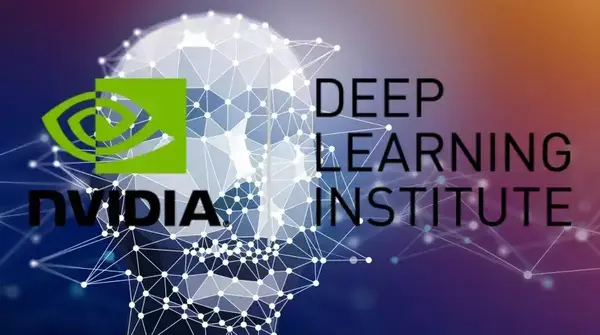
Shaping the Future of Interactive Entertainment
Impact of Ray Tracing
Since the RTX collection’s debut, it has prioritised ray tracing, a rendering technique that imitates the behaviour of mild to produce incredibly useful images. With the introduction of real-time ray tracing capabilities in video games, a significant advancement in visual consistency became possible, enabling more accurate lighting, shadows, and reflections. This development established a new standard for graphical realism and had an impact on game developers making games for the upcoming technology.
Role of DLSS
Another cutting-edge technology is Deep Learning Super Sampling (DLSS), created by NVIDIA. With the use of AI, DLSS completes the real-time upgrade of lower-decision images, improving both performance and visual quality. Thanks to DLSS, which makes use of Tensor Cores, gamers may also enjoy excellent overall performance and precise detail without consuming a lot of processing power. NVIDIA’s RTX graphics cards employ this generation, which has developed into a significant part, with each successive generation.
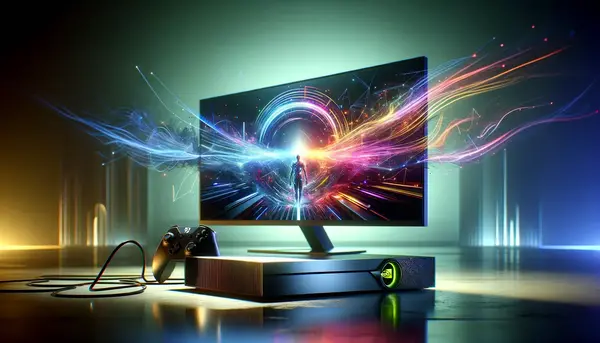
Expansion into New Markets
Data Centers and Cloud Computing
It affects cloud computing and data centres in addition to AI and games. The GPUs that the company manufactures are crucial for cloud-based applications and massive data processing. The NVIDIA A100 Tensor Core GPU was released in 2020 and is designed for AI workloads and statistics facilities. It offers exceptional performance for sports applications such as large-scale neural network education and cutting-edge simulations.
In addition, NVIDIA introduced the NVIDIA DGX A100 system, an integrated AI supercomputer intended to expedite AI research and development. With the help of this device, researchers can now address many of the most difficult problems in artificial intelligence and statistics technology.
Autonomous Vehicles
The car industry has also benefited from NVIDIA’s advancements, particularly in the field of independent riding era development. NVIDIA’s DRIVE platform offers a wide range of hardware and software options for independent motors. This platform includes everything from AI-enabled cameras and sensors to modelling tools for authentication and cross-checking. because of has ideal surroundings for the creation of autonomous vehicles.It is driving the advancement of the automobile era and transforming the future of transportation.
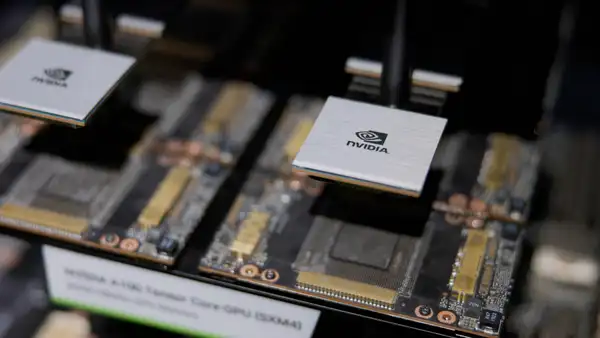
Challenges and Controversies
ARM Acquisition Attempt
Leading software design and semiconductor manufacturer ARM Holdings was acquired by NVIDIA, the business learnt in 2020. The purchase was viewed as a planned move to strengthen its position in artificial intelligence and computers while also expanding its influence in the semiconductor industry. However, a number of parties, including rivals and regulatory bodies, opposed the acquisition, and it was the subject of a thorough regulatory examination. Due to regulatory concerns, the transaction was eventually cancelled in early 2022, highlighting the difficulties associated with significant tech mergers and acquisitions.
GPU Shortages and Market Dynamics
A global shortage of semiconductors led to significant disruptions in supply chains and a shortage of GPUs, which was exacerbated by the COVID-19 pandemic. Like many other companies from that era, NVIDIA struggled to meet the increasing demand for its picture cards and other products. Experts, educators, and gamers who rely on its gear had to pay extra and wait longer for their purchases as a result of the shortage.
Future of NVIDIA
Emerging Technologies and Trends
Its future course is anticipated to be influenced by numerous contemporary characteristics and inclinations. Its hardware and software solutions will continue to be required because to the ongoing advancements in artificial intelligence and device learning. Because quantum computing, AI, and neuromorphic computing have the potential to open up new avenues and applications, NVIDIA is also curious about these developments.
Expanding Ecosystem and Partnerships
as one of its goals to improve its surroundings through collaborations and partnerships. With leading tech companies, universities, and builders, the company has strong partnerships to advance its age and promote innovation. Due to its collaborations with agencies such as Microsoft, Google, and Amazon, its GPUs and AI technologies are currently utilised by cloud structures and agency apps.
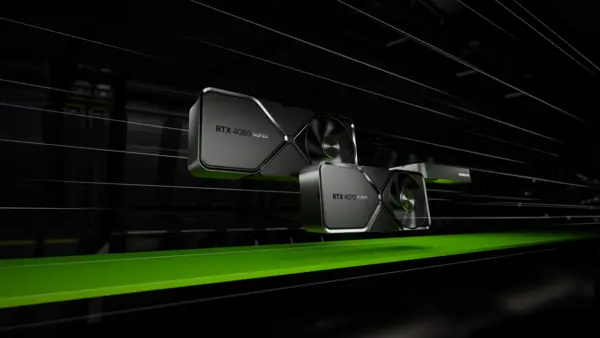
NVIDIA’s
NVIDIA’s evolution from a company that produced picture playing cards to a leader in artificial intelligence, gaming, and high-performance computing is proof of its inventiveness and vision. The company’s contributions to data centres, artificial intelligence, and picture technology have changed industries and connected up new overall performance and functionality requirements. Its objective remains to drive technological advancements and mould computing’s future, despite the fact that it keeps pushing the boundaries of the industry.
It is well-positioned to thrive at the forefront of technological innovation because of its solid foundation in the age of images, innovative spirit in artificial intelligence and device research, and resolve to take on new challenges. Its ability to adapt to a rapidly evolving technological landscape and drive the next generation of computing and artificial intelligence developments will determine its long-term viability.
For more content and for online earning blogs visit autoearn.online or visit our Fcaebook page.




